views
#CaffeineFacts #CoffeeLovers #TeaTime #EnergyBoost #CaffeineTrivia #MorningBrew #CoffeeAddict #TeaLovers #StayAwake #FuelYourDay
1. Caffeine Is the World’s Most Widely Used Psychoactive Substance

Caffeine isn’t just a morning pick-me-up—it’s the most consumed psychoactive substance on the planet. Found in coffee, tea, chocolate, and energy drinks, it affects the central nervous system, increasing alertness and reducing fatigue. Unlike many other psychoactive substances, caffeine is legal and socially accepted in almost every culture. Billions of people start their day with it, making it not just a chemical but a global ritual. Whether you sip it slowly or chug it before a big meeting, caffeine plays a huge role in daily life, shaping productivity and social interaction across the world.
2. It Works by Blocking Sleep-Inducing Chemicals
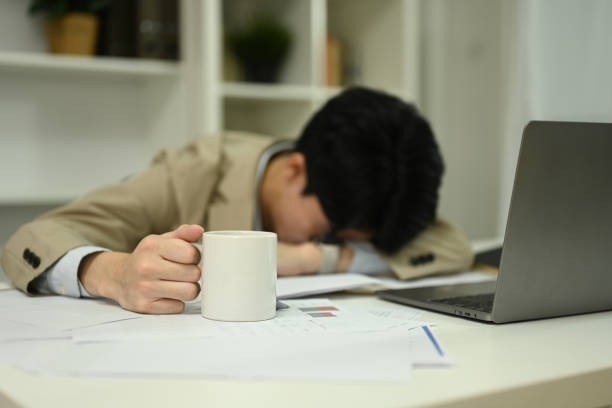
Caffeine’s magic lies in its ability to block adenosine, a brain chemical that makes you feel tired. Throughout the day, adenosine builds up in your brain, signaling it’s time to rest. When you consume caffeine, it binds to adenosine receptors, preventing the sleepiness signal from reaching your brain. As a result, you feel more alert and energized. This effect can last for hours, depending on your metabolism. That’s why a cup of coffee in the morning can keep you sharp, but too much late in the day can lead to restless nights and difficulty falling asleep.
3. Tea Was Caffeine’s First Global Superstar
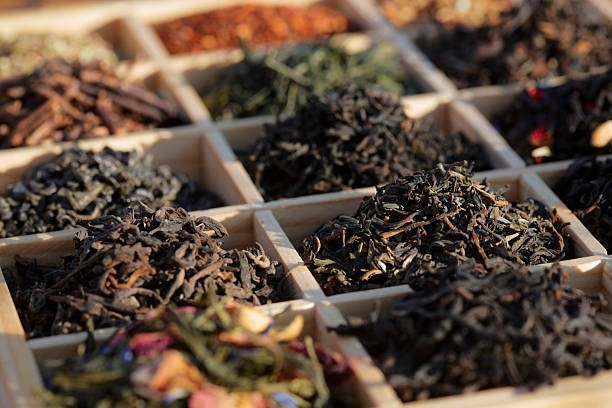
Long before coffee dominated café culture, tea was the world’s caffeinated favorite. Originating in China thousands of years ago, tea became a global trade commodity, spreading to Japan, India, Europe, and beyond. It fueled cultural rituals like Japanese tea ceremonies and British afternoon tea. While coffee often gets the spotlight for its strong jolt, tea’s caffeine content is gentler, delivering a smoother, longer-lasting energy boost. Tea also contains the amino acid L-theanine, which promotes relaxation without drowsiness. This unique combination makes tea a favorite for those who want focus and calm without the intense caffeine spike.
4. Coffee Houses Once Fueled Political Revolutions
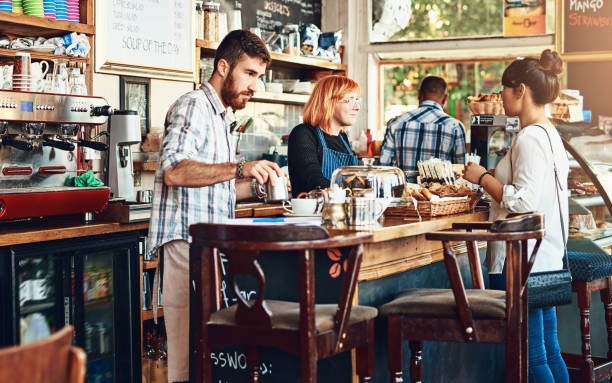
In the 17th and 18th centuries, coffee houses were hubs of conversation, debate, and political planning. In places like England and France, these caffeine-fueled gatherings earned the nickname “penny universities” because one cup of coffee bought you access to lively discussions with intellectuals, merchants, and activists. Some historians believe coffee houses played a role in movements like the Enlightenment and even political revolutions. The stimulating effects of caffeine kept people alert during heated debates, while the communal atmosphere encouraged the exchange of revolutionary ideas—proving caffeine has powered more than just morning commutes.
5. Caffeine Has a Half-Life of About 5 Hours
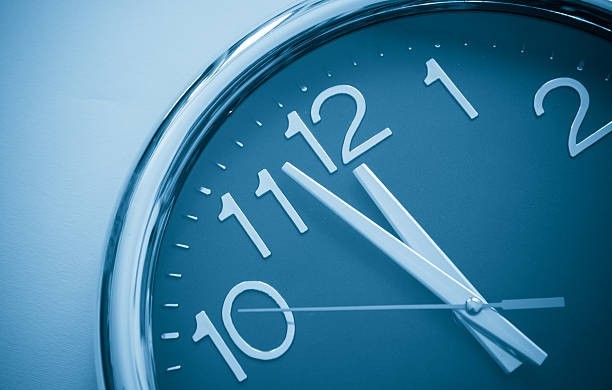
When you drink coffee, the caffeine doesn’t disappear quickly—it lingers. The “half-life” of caffeine, the time it takes for half of it to be eliminated from your body, is roughly five hours for most adults. That means if you have 200 mg of caffeine at 2 PM, you’ll still have about 100 mg in your system at 7 PM. Genetics, age, and even pregnancy can affect how long caffeine stays active. This explains why an afternoon latte might keep some people awake late into the night, while others can sleep soundly after an evening espresso.
6. There’s Caffeine in More Than Just Coffee and Tea
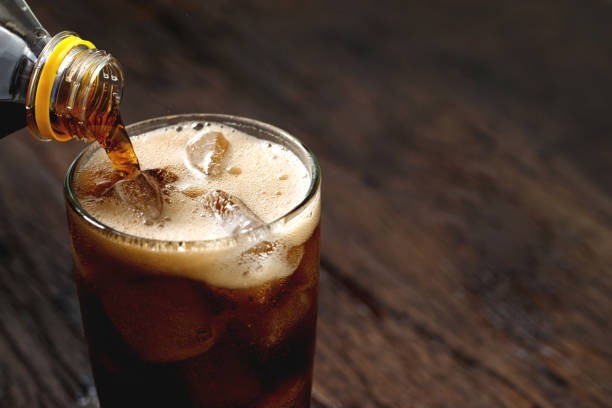
While coffee and tea are caffeine’s most famous sources, it’s also found in chocolate, soft drinks, energy drinks, certain medications, and even some protein bars. Dark chocolate contains more caffeine than milk chocolate, and energy drinks can pack as much as 300 mg per can—more than three cups of coffee. Over-the-counter pain relievers sometimes include caffeine because it enhances the effectiveness of the medication. This widespread presence means you might be consuming caffeine without realizing it, which is important to know if you’re trying to monitor your daily intake or avoid jittery side effects.
7. Caffeine Tolerance Builds Quickly

Your body adapts to regular caffeine consumption faster than you might think. Within just a few days of daily coffee or tea drinking, you can develop tolerance—meaning you’ll need more caffeine to feel the same energizing effects. This happens because your brain produces more adenosine receptors in response to caffeine blocking them. Over time, this can make your morning cup feel less powerful. Some people “reset” their caffeine tolerance by taking a break for a week or two, which allows their adenosine receptors to return to normal sensitivity.
8. It Can Boost Physical Performance

Caffeine isn’t just for mental alertness—it can also enhance athletic performance. Studies show that caffeine increases adrenaline levels, helping the body prepare for physical exertion. It also helps break down body fat, making fatty acids available as fuel. This is why many athletes and fitness enthusiasts consume caffeine before workouts or competitions. Even endurance sports like running or cycling can benefit from caffeine’s ability to delay fatigue. However, timing matters—consuming caffeine about 30 to 60 minutes before exercise is generally considered optimal for peak performance benefits.
9. Too Much Caffeine Can Backfire

While moderate caffeine consumption has benefits, overdoing it can cause jitters, anxiety, rapid heartbeat, and insomnia. The FDA recommends no more than 400 mg of caffeine per day for most healthy adults, which is about four cups of coffee. Sensitivity varies widely, so some people might feel fine with more, while others react strongly to just one cup. Consuming excessive caffeine can also lead to dependence, meaning you’ll feel withdrawal symptoms like headaches and irritability if you skip your usual dose. Balance is key to getting caffeine’s perks without its pitfalls.
10. Decaf Still Contains Some Caffeine

If you think decaf coffee is completely caffeine-free, think again. Most decaf coffee still contains a small amount—usually between 2 and 15 mg per cup, compared to about 95 mg in regular coffee. The decaffeination process removes most, but not all, of the caffeine. While this amount is unlikely to cause noticeable effects for most people, it can matter for those who are highly sensitive to caffeine or need to avoid it for medical reasons. So, even when you order a “decaf,” you’re still getting a tiny trace of the energizing stimulant.




















Comments
0 comment